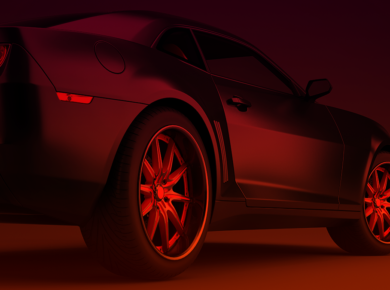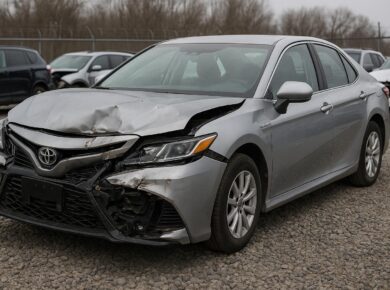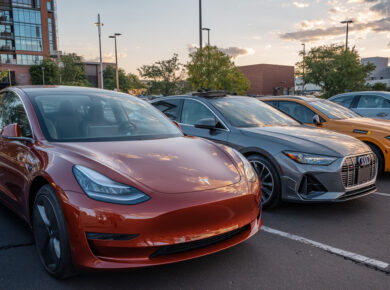No matter whether you visit an online car auction like ours or go to a dealership, two things drive your car purchasing decision: personal taste, and the numbers they show you about the car. There are a few misconceptions, however, that drive our thoughts regarding the real abilities of a car. While these ideas have gained so much traction that even the experts talk about them, they are often not the best numbers by which to judge a car. A result of marketing hype, these less important metrics do nothing, but stop car buyers from making a truly informed decision. We give a reality check to 3 such delusions.
1. Using the 0-60 speed to Judge a Car’s Performance
What many people forget is that while metrics such as 0-60 in 5, 8 or 10 seconds are good to measure the straight-line performance of a car, they often do not reflect real world performance of the vehicle. The reason being that calculating such metrics involves a number of variables such as the condition of the track, payload, weather/air temperature, driver, and the launching technique.
Very rarely in real world tests will one be called upon to to get up to speed in a straight line. Even freeway on ramps are often curved and sloping, so judging performance here will require a fuller measure of the torque generated by the car rather than just the rate it gets to speed.
2. Horsepower as the Deciding Factor
Horsepower plays a crucial role when it comes to judging a vehicle in terms of its acceleration and towing power, however, it is the not the only metric required here. One should also consider the power-to-weight ratio, as it much more important that your horsepower alone. As an example: a 1.0-litre engine Honda car does not generate more than 212 horsepower on paper. However, because it weighs fewer than 900 pounds, it shares a similar power-to-weight ratio to a Bugatti Veyron.
3. Traction and Stability Control Spoil the Ride
Despite advancements in the technology, many people still believe that traction and stability control systems take control from the driver, and take the pleasure out of the drive. There was a time when these elements in a car where invasive, and more active than required, but as a rule this is no longer the case. These days traction and stability control systems allow for intervention, letting you take full control over your preferred speed, but stabilizing and improving performance. At the same time, with proper configuration, they can allow one to beat the odds when something gets out of hand. In fact, most contemporary high-performance cars now include some minimum form of stability and traction control even if it is not advertised.
Over the years, the automobile industry has advanced to where technological innovations have let manufacturers provide more efficient car options to consumers. However the simplification of vehicle marketing has caused us to focus on the wrong pieces of the vehicles we consider driving. There are many excellent cars out there with high torque and low acceleration, or less than the perceived ideal in horsepower, but a very high power-to-weight ratio. Proper research is an important part of the car buying experience and one should always choose vehicles with an eye toward the facts and not perception.





